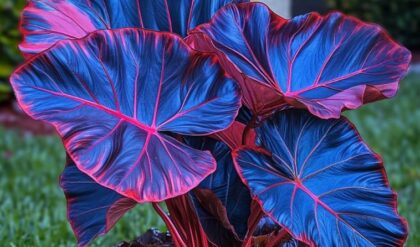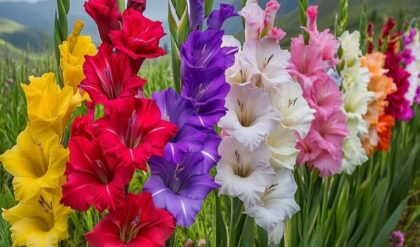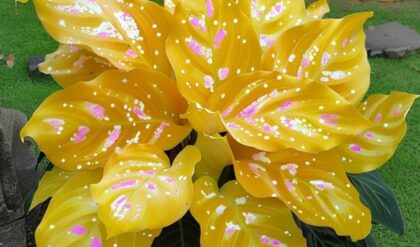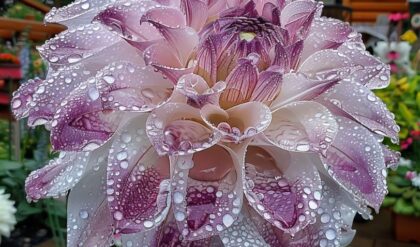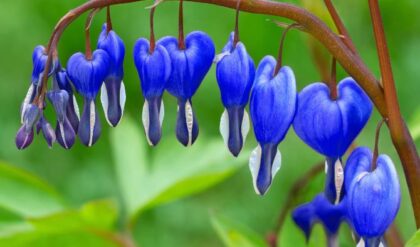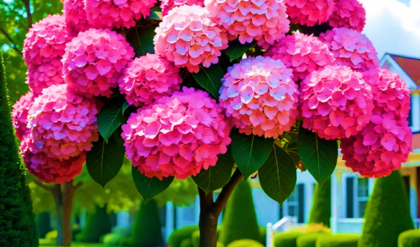The Lily of the Valley, scientifically known as Convallaria majalis, is not only a charming and fragrant flower but also steeped in rich symbolism and cultural significance. Its delicate, bell-shaped blooms, pristine white in color, emerge in spring, bringing with them an air of enchantment that captivates gardeners and admirers alike. Beyond its aesthetic appeal, the plant carries intricate layers of meaning and various uses—both benign and hazardous.
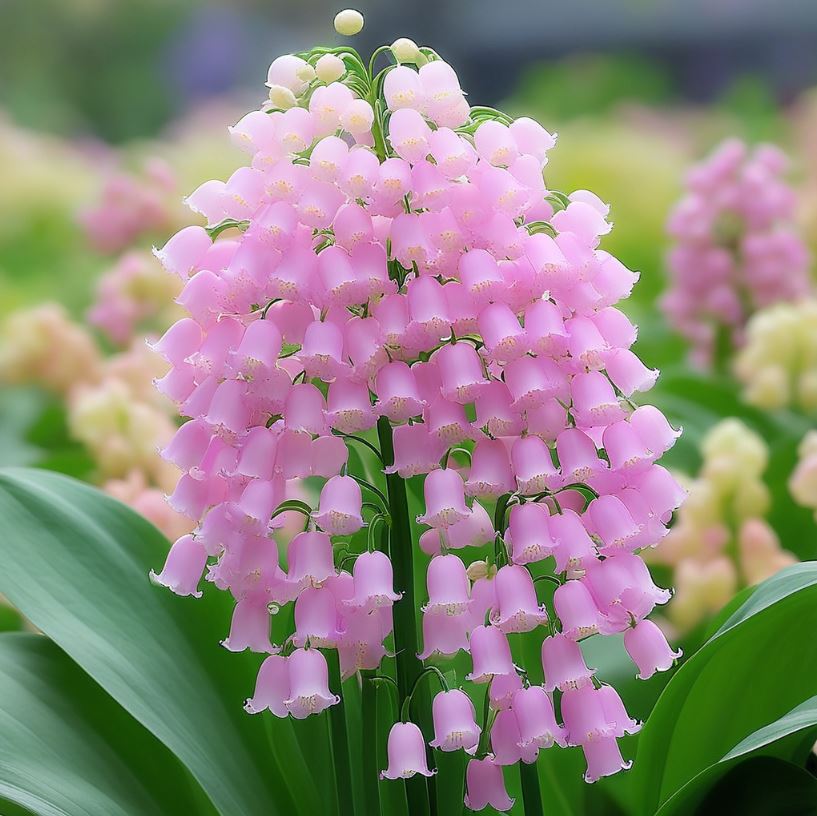
Botanical Characteristics
Appearance and Growth
This perennial plant typically reaches a height of about 25 cm, forming extensive colonies through underground rhizomes . The nodding, bell-shaped flowers are best known for their sweet fragrance, which has made them a beloved choice for floral arrangements and gardens . Flowering from May to June, the transition from pure white flowers to deep red berries brings visual diversity to garden spaces .
Poisonous Nature
However, beware! This captivating flower is not just lovely; it’s also poisonous if ingested. Every part of the plant contains cardiac glycosides, potentially leading to serious health complications. This juxtaposition serves as a metaphor for beauty and danger coexisting, echoing themes found in literature, where some of the most alluring characters harbor darker secrets. Such characteristics can invoke varied responses toward the flower—admiration intertwined with caution.
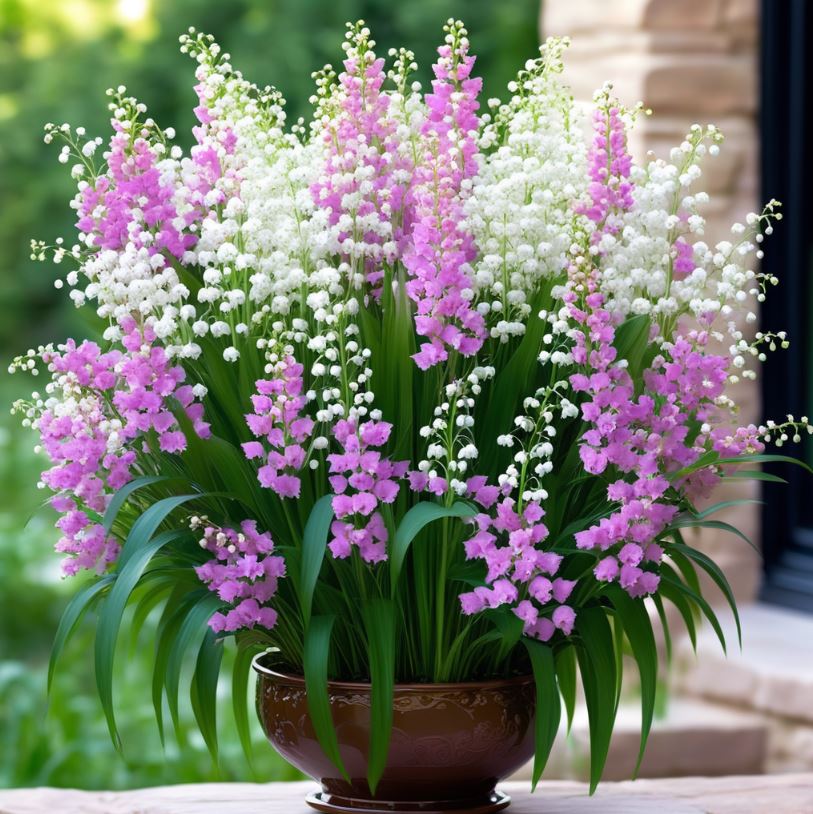
Cultural Significance
Symbolism
Historically, the Lily of the Valley symbolizes return to happiness and has roots in various cultural traditions. For example, it’s often used in weddings due to its connotation of purity and humility. In many cultures, these blossoms represent sweetness, humility, and motherly love, making them particularly meaningful in celebrations of life and love.
Consider how in various societies, these flowers are entwined with hope. A bride carrying a bouquet featuring Lily of the Valley might evoke sentiments of new beginnings, promising joy yet challenging any romantic notions with the underlying risk present in their toxicity. Thus, the flower exists on a beautiful precipice—appealing yet reminding us to tread carefully.
Growing and Caring for Lily of the Valley
Step-by-Step Guidance
Growing Lily of the Valley can be an enriching experience. It thrives in shaded areas and welcomes moist, well-drained soil. The ease with which it spreads makes it ideal for creating lush green carpets under trees, contributing to a woodland feel in a home garden . To cultivate them successfully, one must understand the balance between controlling growth and allowing the natural beauty to flourish.
For instance, in trying to regulate their spread, gardeners must adopt methods that don’t disrupt the plant’s intrinsic beauty. This conflict becomes a reflection of personal growth—the challenge of nurturing one’s essence while managing external expectations.
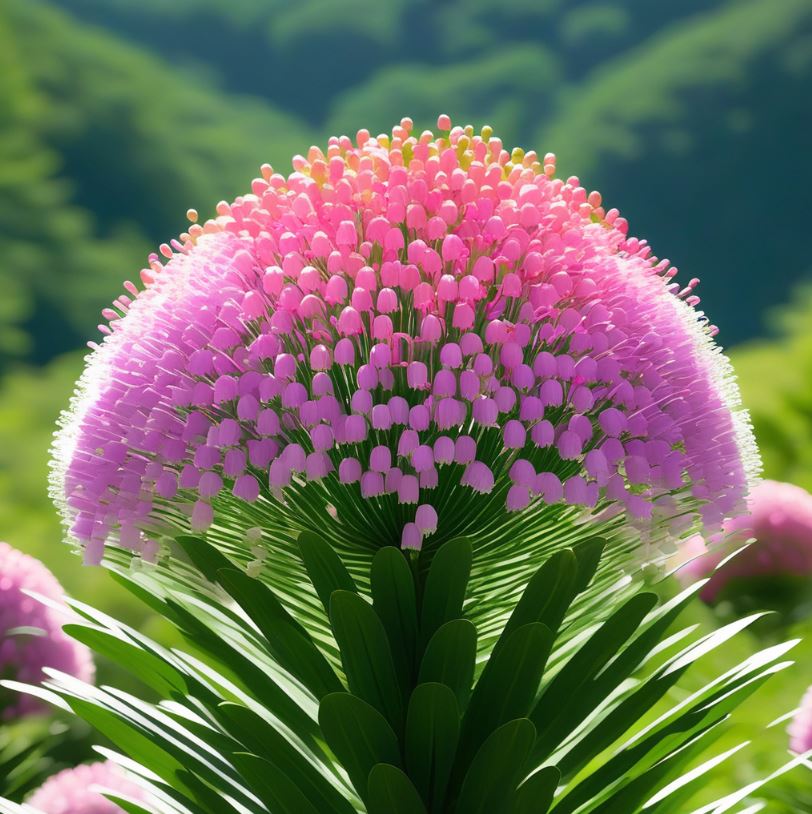
Healing Properties and Aromatics
Utilitarian Uses
Interestingly, beyond ornamental purposes, Lily of the Valley has been studied for its biochemical properties. While it’s crucial to remember that ingestion is dangerous, certain compounds in the plant have been scrutinized for potential medicinal applications, especially in addressing heart conditions. This suggests a contrasting dimension—a natural remedy mingling with peril, underlining the ancient belief in nature’s duality, capable of providing cures alongside hazards.
Imagine harnessing such a compound in a controlled environment—this could redefine our approach to holistic healing, emphasizing the need for careful, educated exploration rather than blind trust in nature’s offerings.
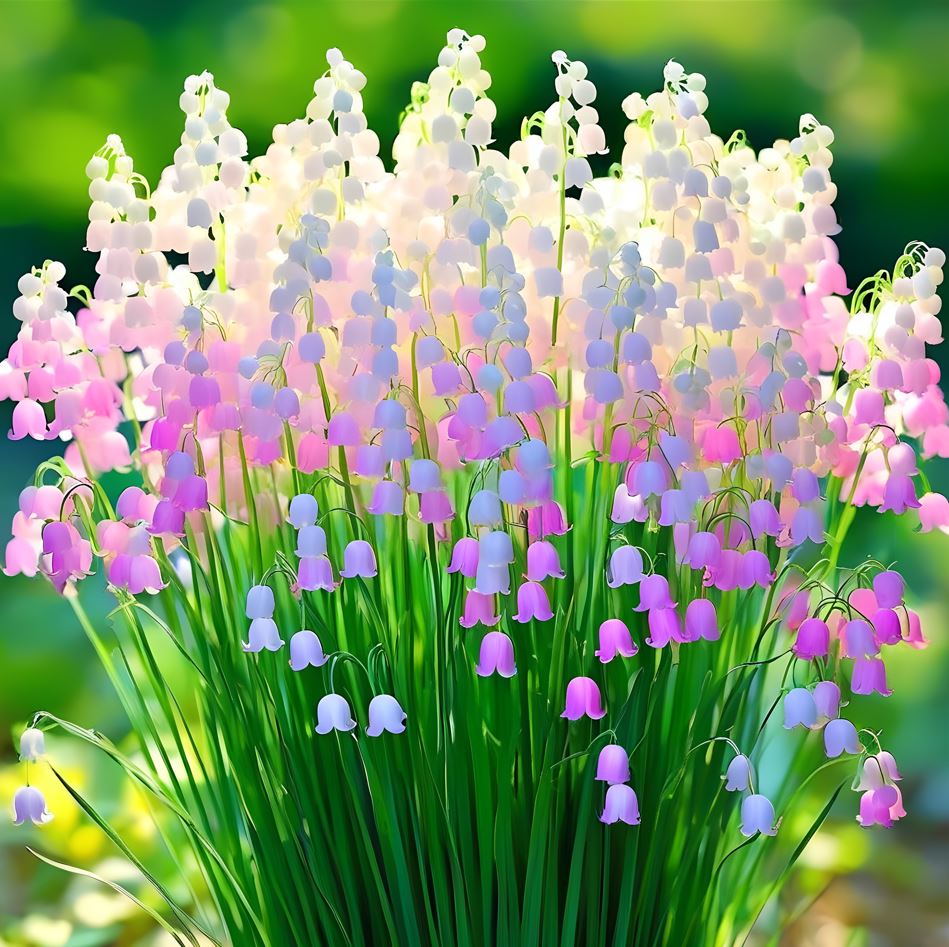
Artistic Inspirations
A Muse for Creativity
Last but not least, the aesthetic allure of Lily of the Valley transcends gardening into realms of art and creativity. This flower has inspired countless works of art, literature, and music, encapsulating themes of fleeting beauty. In jazz compositions or paintings, its presence often reflects complex emotions—from longing and nostalgia to the sweetness of ephemeral moments. As such, just as this flower speaks to the human experience lovingly wrapped in a soft petal, it compels artists to reflect on life’s vulnerable yet exquisite nature.
Thus, the Lily of the Valley stands not merely as another garden flower but as a persistent reminder of beauty intertwined with complexity and caution.
